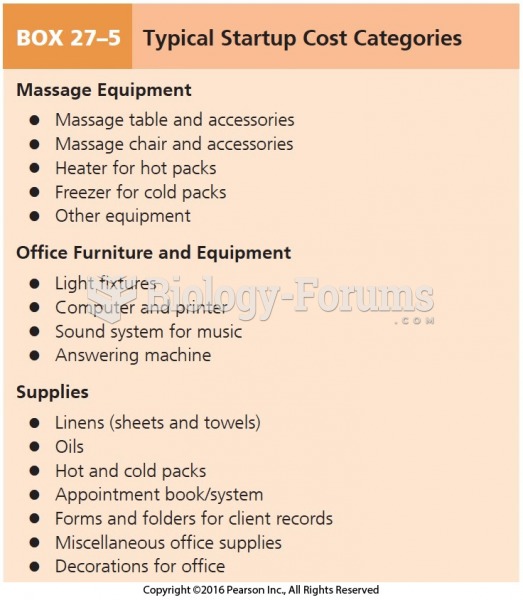Answer to Question 1
Positions in the lower tier of the service sector are part of the secondary labor
market, characterized by low wages, little job security, few chances for advancement,
higher unemployment rates, and very limited (if any) unemployment benefits. Typical
lower-tier positions include janitor, waitress, messenger, sales clerk, typist, file clerk,
migrant laborer, and textile worker. Large numbers of young people, people of color,
recent immigrants, and white women are employed in this sector.
According to the employment norms of this country, a job should (1) be legal; (2) be
covered by government work regulations, such as minimum standards of pay, working
conditions, and safety standards; (3) be relatively permanent; and (4) provide
adequate pay with sufficient hours of work each week to make a living. However,
many lower-tier service sector jobs do not meet these norms and are therefore
marginal. Marginal jobs differ from the employment norms of the society in which
they are located; examples in the U.S. labor market include personal service workers
and private household workers. More than 11 million workers are employed in
personal services industries. Service workers are often viewed by customers as
subordinates or personal servants. Frequently, they are required to wear a uniform
that reflects their lowly status as a waitperson, fast-food server, maid, or porter.
Household service work has shifted from domestics who work full-time with one
employer to part-time workers who may work several hours a week in the homes of
several different employers. Private household workers include launderers, cooks,
maids, housekeepers, gardeners, babysitters, nannies, chauffeurs, and butlers.
Household work is marginal; it lacks regularity, stability, and adequacy. Many
employers pay cash in order to avoid payroll taxes and Social Security; the jobs
typically have no unemployment, health insurance, or retirement benefits. Concerns
about marginal jobs in many fields have only grown worse in recent years, as
businesses have sought new ways to cut overhead and reduce the number of workers
they have on their payrolls.
Answer to Question 2
True







